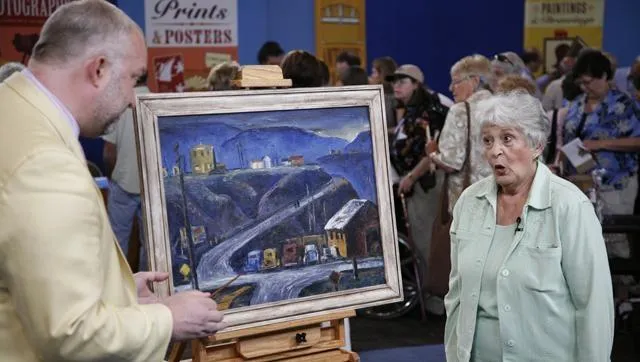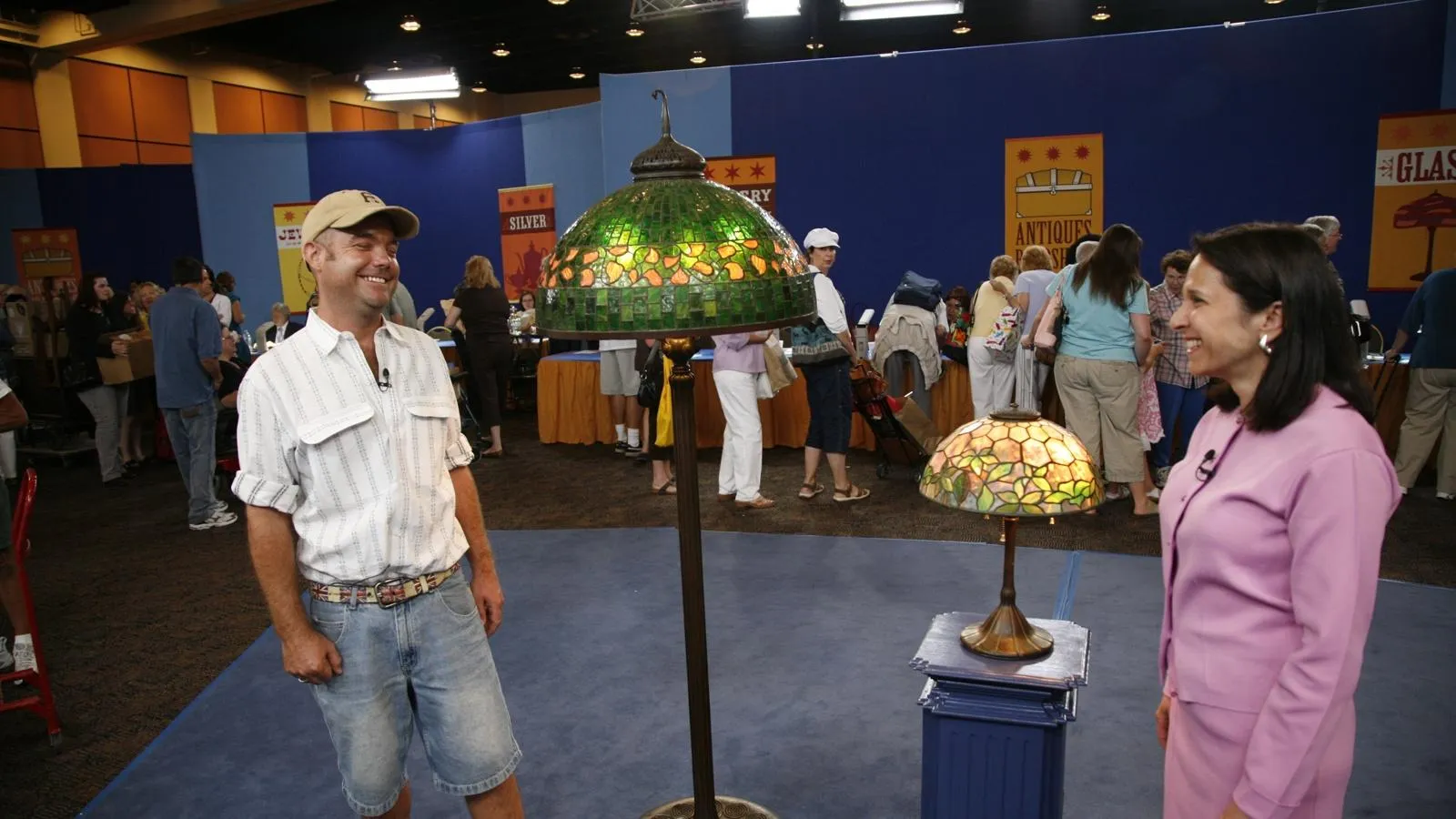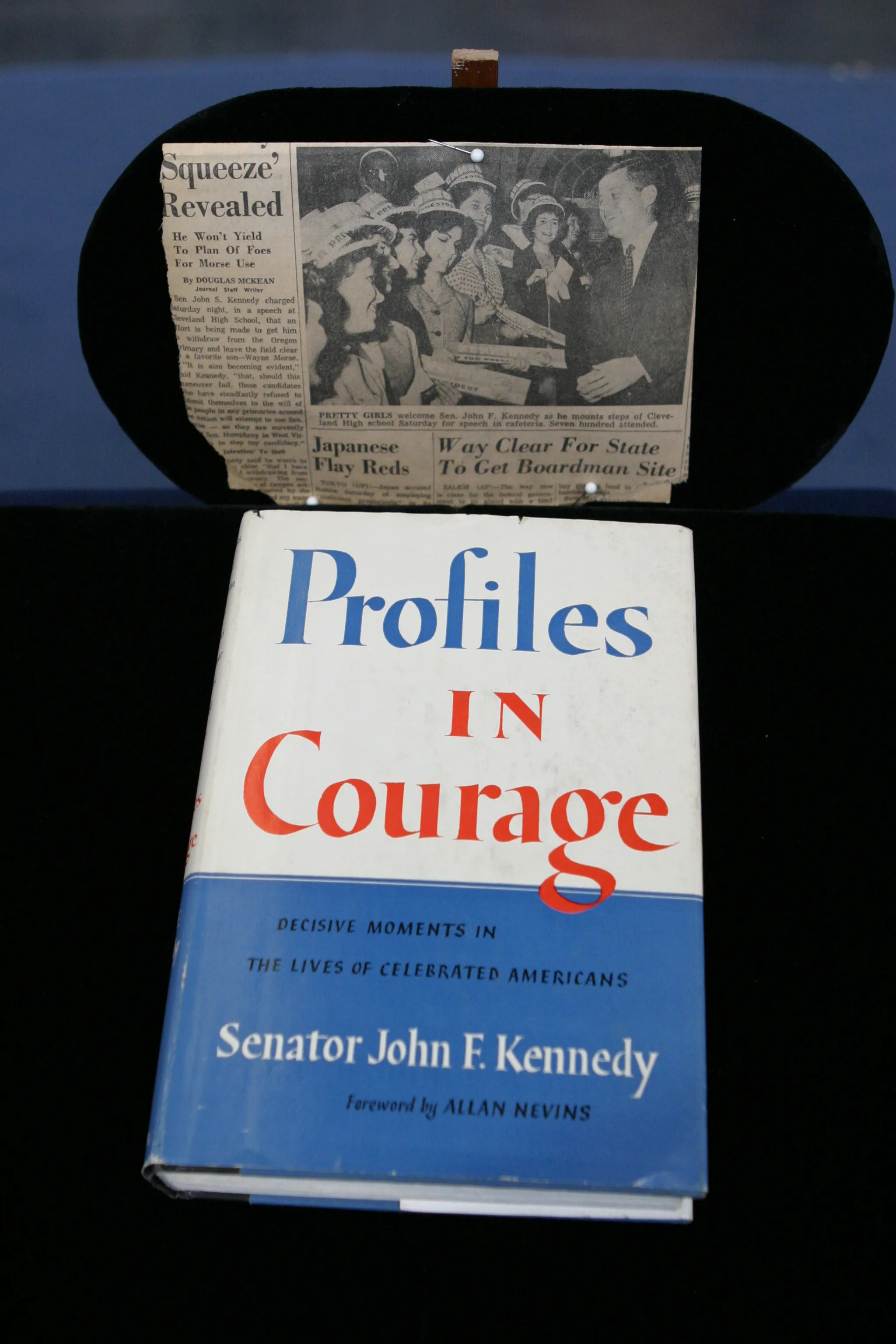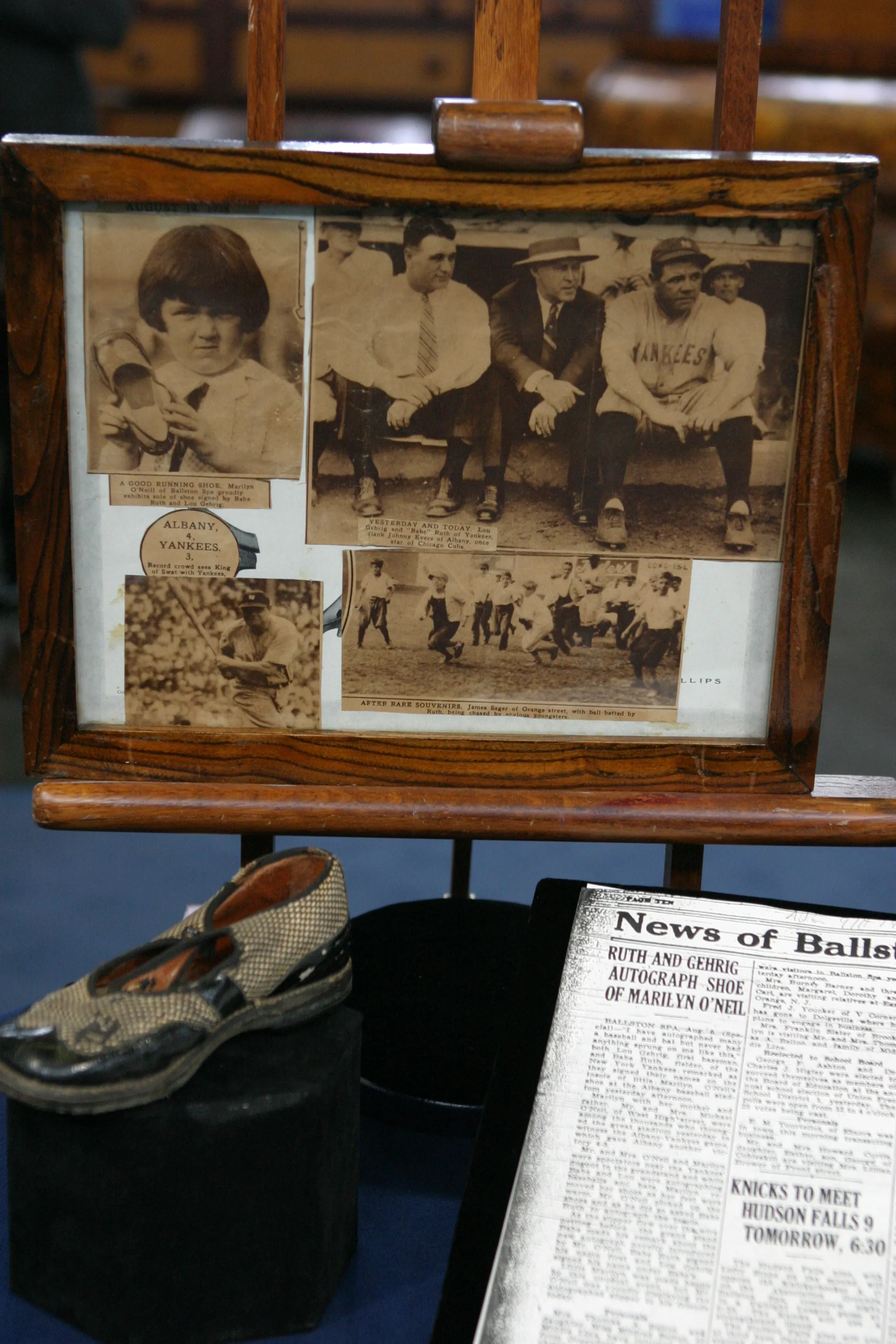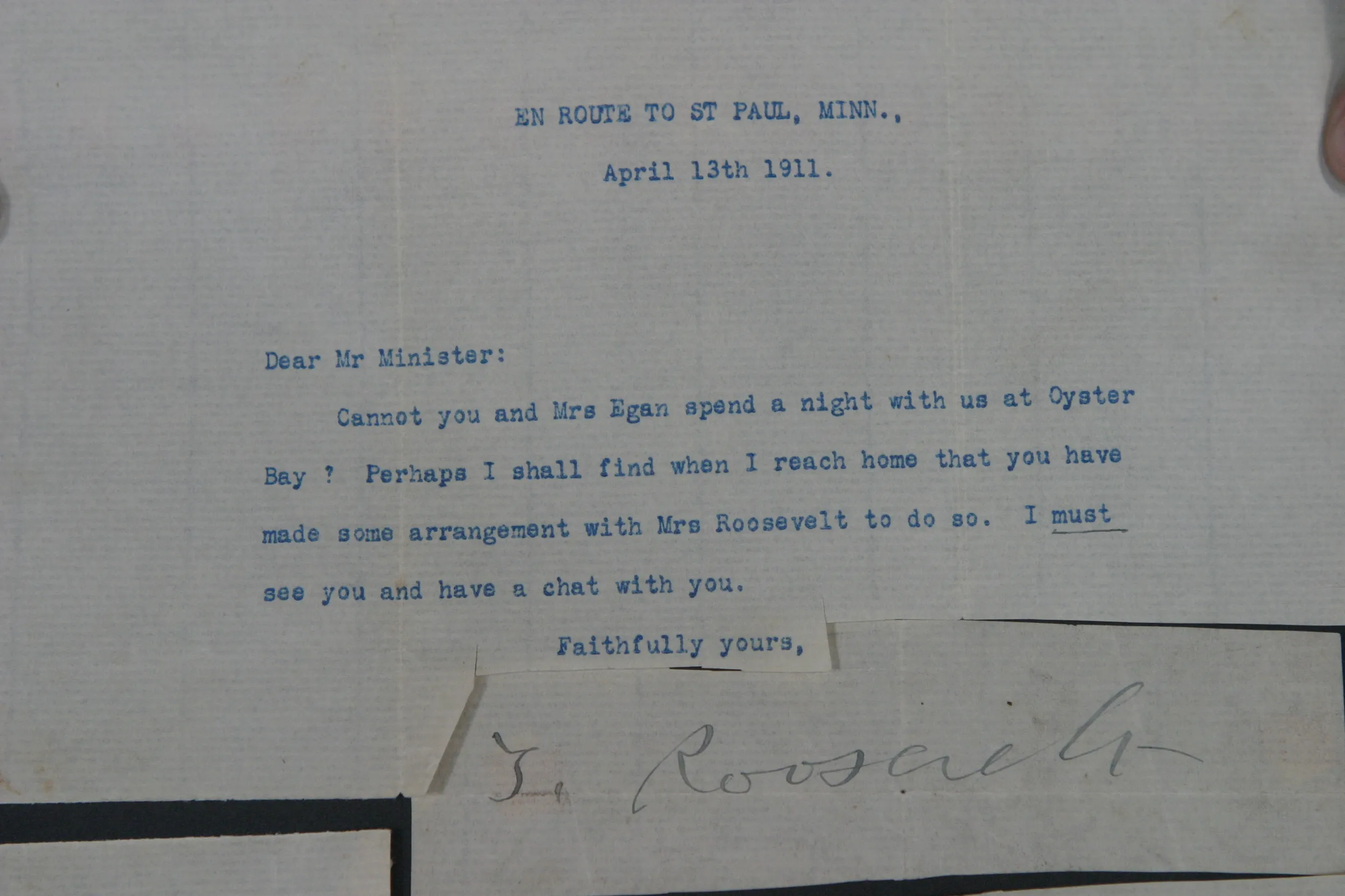GUEST: I brought a collection of the papers and effects of John E. Wilkie, who was the head of the Secret Service from 1898 until approximately 1913. A friend of mine called me up. He said, "I know you collect things. I have a bunch of old papers." He says, "If you want them, you can have them. Otherwise, I'm throwing them away." And so, uh, being a collector, knowing I have too much stuff to begin with, I, I hesitated. But I went over and I first came across this steel engraving signed by Teddy Roosevelt. And I said, "Of course I'll take it."
APPRAISER: (laughs) And you took the whole batch, it seems.
GUEST: Yes. And there's boxes, believe me.
APPRAISER: This is John Wilkie-- explain who he was.
GUEST: He was a newspaper man back in the 1880s, and he was actually made the chief of the Secret Service by President William McKinley.
APPRAISER: This is his Secret Service badge, and it has the star, and then you open it up, and you have "John E. Wilkie, Secret Service." Now, one of the things that he was doing is, he was in charge of protecting the president, McKinley.
GUEST: That's correct.
APPRAISER: Uh, obviously, there were problems with that protection, and the assassination happened under his watch.
GUEST: As I mentioned to you, I have volumes of papers. But the most significant, to me, anyway, are the papers that represent the statements by the Secret Service agents who were in attendance at the assassination of William McKinley at the Temple of Music at the Pan American Exposition in Buffalo in September 1901.
APPRAISER: Here's one of them. "I was stationed about ten feet to the right of the president. And standing in front of the president, close to him, was a young fellow with a handkerchief in his hand concealing a revolver from which he had shot the president. President stood erect and seemingly did not realize he had been shot." You have a group of papers here from each of the Secret Service agents who were on the spot giving their detailed account. I mean, it's, it's incredible history. And these are the official documents. And then he, then, was sending this report on to the secretary of Treasury, who was his boss. And then they had to sort it all out, but also, later in his career-- and these were just in the same group of papers...
GUEST: Yes.
APPRAISER: This is addressed to Roosevelt, Washington, D.C. "Your life is in danger. The plot to, is to destroy the opera house." So you have all the threats to Theodore Roosevelt. It's an amazing archive. Now, there are a few things that I would be a little bit careful of. Any time I hear about somebody getting papers that were essentially going to be thrown away, I always want to check the provenance. Where did that person get the papers? How did they get them? There are laws called replevin, where, if they're actual government documents, they can get them back. I don't think that applies in this. It's something to look into. Well, now, let's talk about the value. First of all, more straightforward is, you have a signed picture of the president with a nice handwritten statement to Wilkie. That's worth $1,500, $2,000 just on its own. But the other is a little bit harder to evaluate, because there are people who collect everything they can get on assassinations, and I would say that this archive of the, uh, letters, the Roosevelt letters, are worth at least, in the retail market, $5,000 to $10,000. It's a wonderful collection, it's great.
GUEST: Thank you very much, I appreciate it.

